Advanced Physics: Relativity and Beyond — A Human Journey Through Space, Time, and Discovery
Chosen theme: Advanced Physics: Relativity and Beyond. Step into a universe where clocks disagree, space bends, and waves ripple through the fabric of reality—inviting you to question, explore, and share your curiosity with a community of bold thinkers.
From Thought Experiments to Theory: The Birth of Relativity
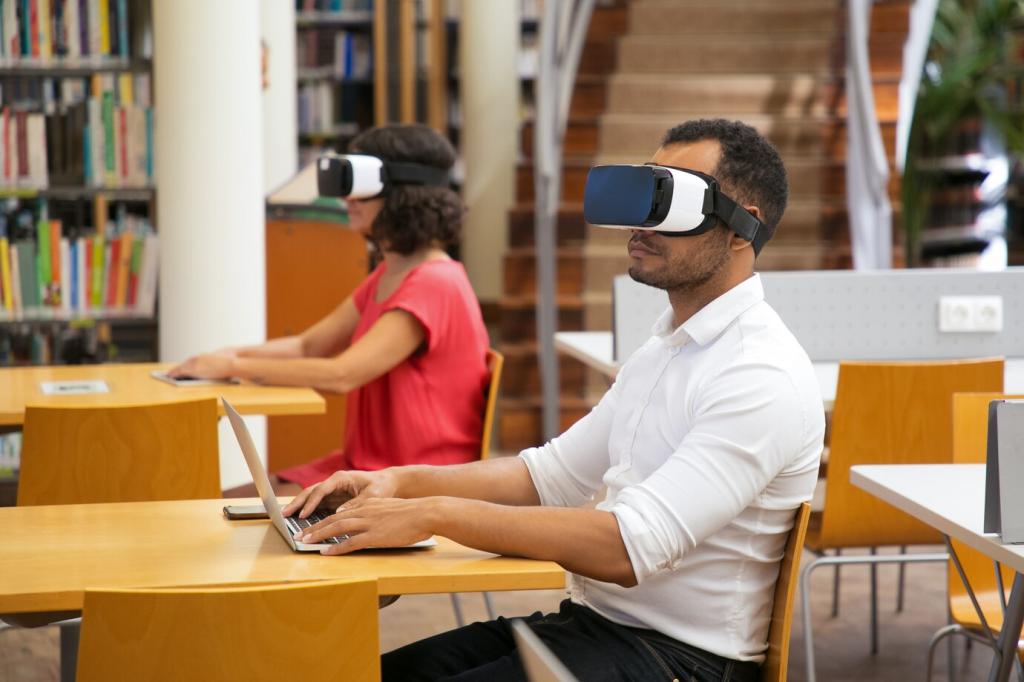
Riding a Beam of Light
Einstein imagined chasing a beam of light and realized the laws of nature must look the same for all observers. That insight shattered old certainties and gifted us special relativity’s elegant symmetries. What similar thought puzzle keeps you awake at night?

Elevators, Gravity, and the Equivalence Principle
Picture yourself in a sealed elevator: are you feeling gravity or steady acceleration? That equivalence seeded general relativity, where gravity becomes geometry. Share how this mental elevator ride reshapes your intuition about falling, weight, and cosmic motion.
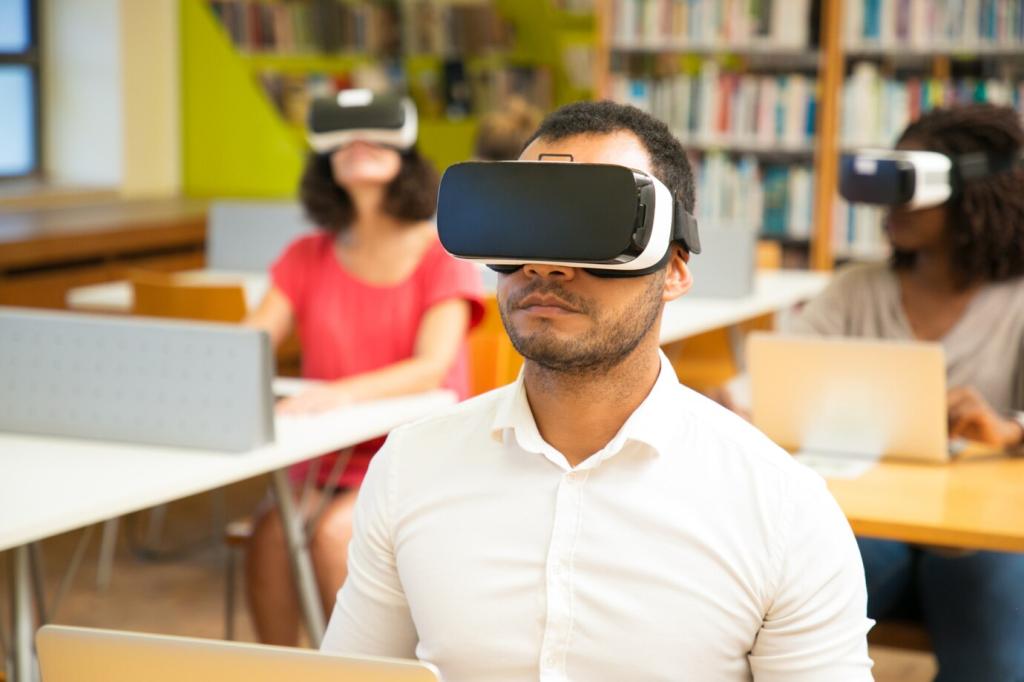
A Solar Eclipse and a Bold Test
In 1919, Eddington chased an eclipse to see starlight bend around the Sun. The deflection matched Einstein’s prediction, electrifying the world. What modern experiment would you design to probe relativity’s limits? Tell us and inspire a future expedition.
Time Dilation You Can Feel: Clocks, Jets, and GPS
Hafele–Keating: Flying with Atomic Clocks
In 1971, synchronized atomic clocks circled Earth on commercial jets and returned disagreeing—exactly as relativity foretold. Motion slowed time, altitude sped it up. If you could bring a perfect clock on your next trip, where would you fly to catch time in the act?
Why GPS Must Speak Relativity
Satellites tick faster in weaker gravity yet slower due to speed; engineers pre-correct their clocks by microseconds per day. Without these tweaks, maps drift by kilometers. Ever noticed a weird jump in navigation? Ask here, and we’ll decode the relativistic culprit.
Everyday Experiments with Time
Modern tabletop setups measure gravitational time shifts across a few centimeters of height. Time really runs faster on your bookshelf than your floor. Would you try a citizen-science timing project? Comment with ideas, and let’s crowdsource a tiny time experiment.
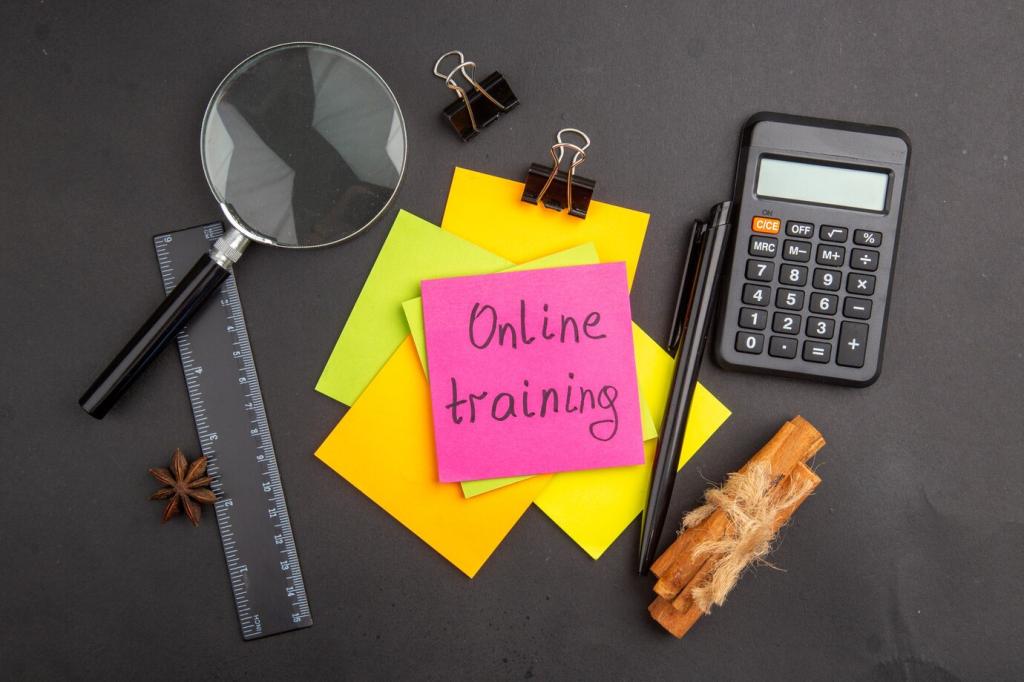
Black Holes as Natural Laboratories
At a black hole’s event horizon, time slows and light struggles. The Event Horizon Telescope stitched Earth-sized imaging to reveal M87*’s shadow, a cosmic silhouette of curved spacetime. What questions burned in you when you first saw that glowing ring?
Gravitational Lensing: Nature’s Telescope
Galaxy clusters act like lenses, magnifying background galaxies and arcing their light into graceful crescents. Lensing maps hidden dark matter, revealing structures otherwise invisible. Share a lensing image that moved you, and tell us what story you saw inside those arcs.
Redshifted Light and Stretched Time
Climbing out of gravity drains energy from light, shifting color toward the red. Pound–Rebka measured this with gamma rays down a Harvard tower. Which everyday analogy best explains gravitational redshift to your friends? Offer one, and we’ll feature standout metaphors.
Listening to the Universe: Gravitational Waves
In 2015, LIGO heard two black holes collide, converting mass to waves we detected on Earth. That chirp confirmed a century-old prediction and opened gravitational-wave astronomy. What merger would you most like to “hear” next—neutron stars, black holes, or something unexpected?
Beyond Relativity: Toward Quantum Gravity
General relativity’s smooth spacetime clashes with quantum mechanics’ jittery quanta. Black hole interiors and the Big Bang demand a unified story. What paradox fascinates you more: the information puzzle or singularities themselves? Share your stance and challenge our next deep-dive.
Beyond Relativity: Toward Quantum Gravity
String theory replaces points with vibrating strings; loop quantum gravity quantizes space itself. Each offers testable whispers—holography, discrete areas, or subtle imprints. Which approach feels more compelling to you, and why? Let’s debate respectfully and collect informed reading picks.
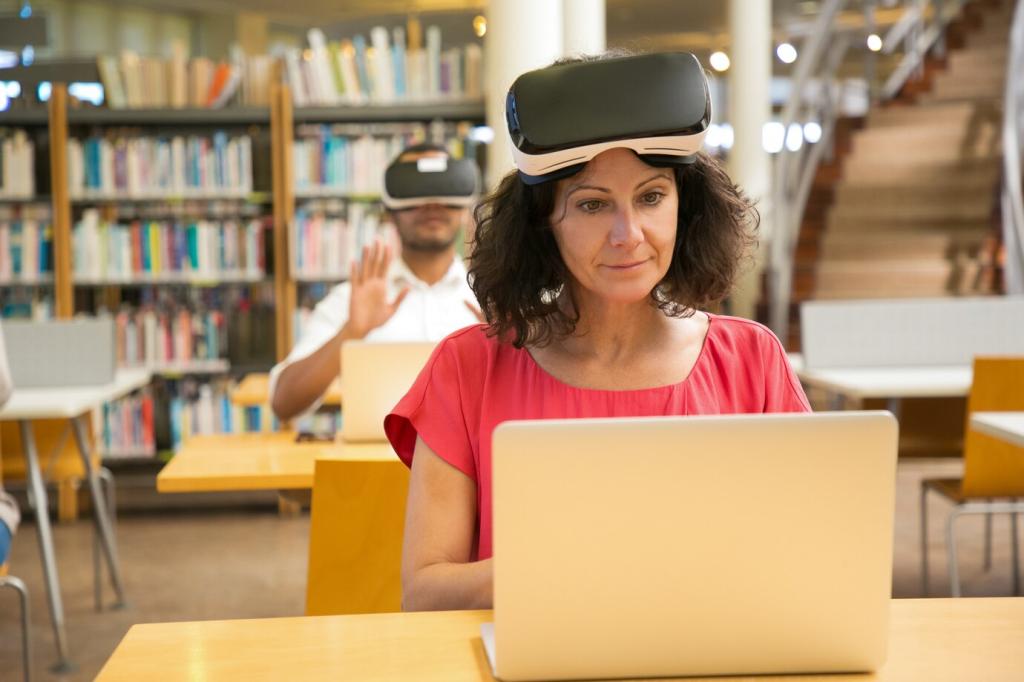
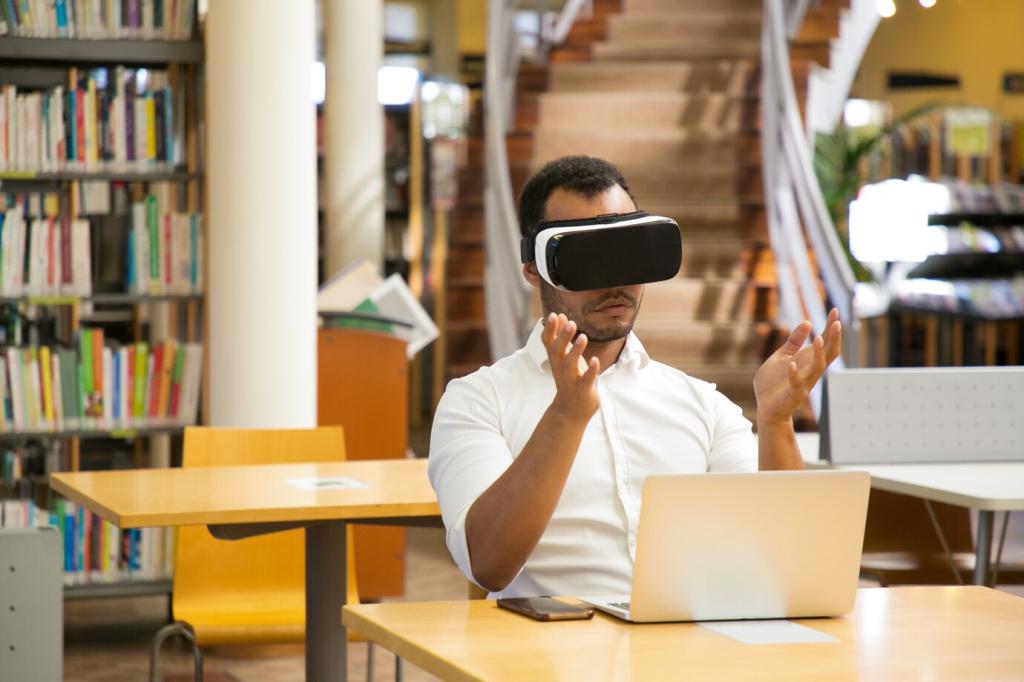
Mathematics Without Tears: Tensors, Frames, and Geometry
Think of tensors as rules that stay true regardless of coordinates, like dependable travel guides across spacetime charts. They guarantee physics looks consistent. Ask us to unpack a symbol from a paper you saw, and we’ll translate it into everyday language.
Relativity in Daily Life: Myths, Tech, and Curiosities
Mythbusting Time Travel
Relativity allows journeys into the future via speed and gravity but forbids paradoxical past trips without exotic conditions. Let’s separate cinematic spectacle from physics. Share a favorite movie scene, and we’ll analyze what it gets right and wrong, kindly and clearly.
Engineering with Curved Spacetime
From satellite synchronization to particle accelerators, designs include relativistic corrections by default. These aren’t esoteric patches but fundamental constraints. Curious how engineers implement them in code and hardware? Post a question, and we’ll outline real workflows and common pitfalls.
Your Personal Time Story
Maybe you felt time stretch during a storm or compress before a deadline. While psychological time differs from physics, both shape our lives. Tell us a memorable time story, and we’ll connect your experience to relativity’s counterintuitive yet comforting insights.
